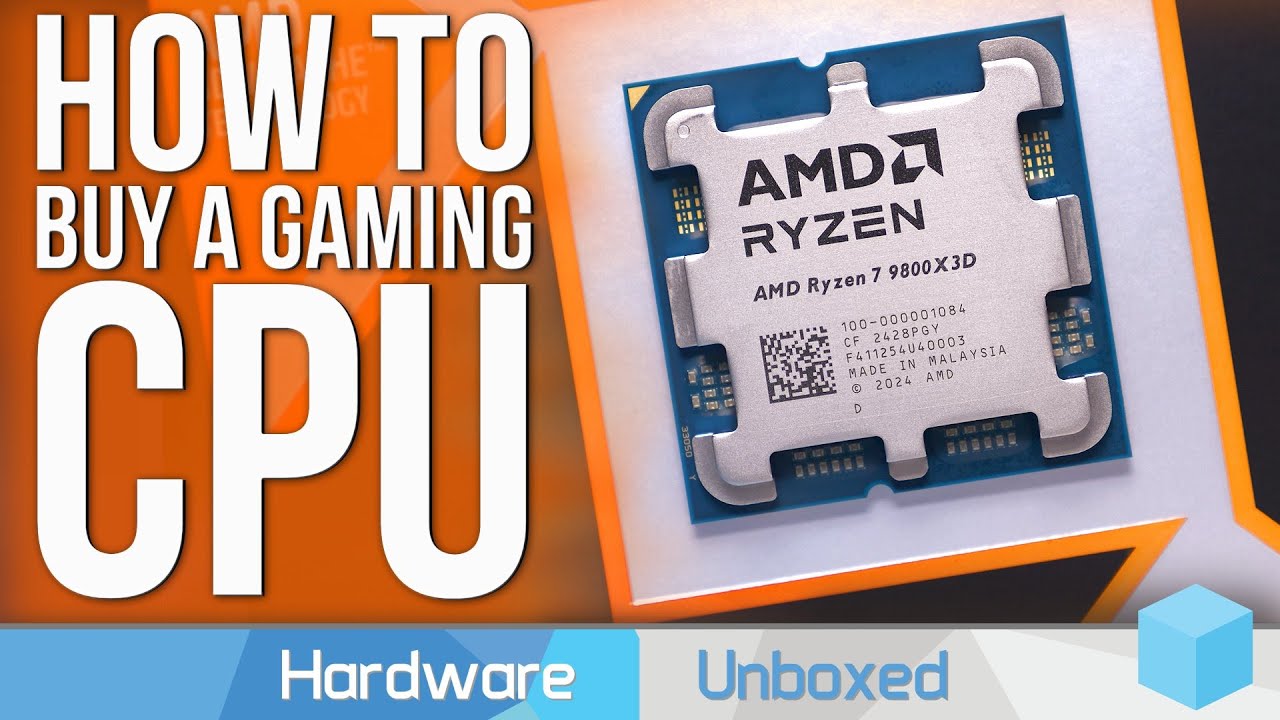The video discusses how CPU performance testing in gaming, particularly at 4K resolution, can be misleading due to GPU limitations and upscaling techniques that obscure true differences between CPUs. It emphasizes the importance of understanding the context of CPU reviews and suggests that gamers should assess their current CPU performance at lower resolutions to make informed upgrade decisions.
In the video, Bal summarizes a previous discussion by Steve on the misleading nature of CPU testing in GPU-bound scenarios, particularly in gaming. The video aims to clarify the differences between testing at various resolutions and how these tests can mislead gamers regarding CPU performance. Bal emphasizes that while many gamers seek performance data at 4K resolution, the results can vary significantly based on individual gaming preferences and requirements, such as the desired frames per second (FPS) during gameplay.
The video introduces the concept that 4K gaming often involves upscaling techniques like FSR, DLSS, or XCSS, which can obscure the true performance differences between CPUs. A survey indicated that a significant majority of gamers use these upscaling methods, making native 4K results less relevant for understanding CPU performance. Bal points out that many strategy and turn-based games are heavily CPU-limited, meaning that resolution testing may not provide useful insights into CPU capabilities.
Bal presents comparative data from various games, highlighting how CPU performance can differ at 1080p versus 4K resolutions. For instance, in “Star Wars Jedi Survivor,” the 9800X3D CPU demonstrated a substantial performance increase at 1080p but showed diminishing returns at 4K, where it became GPU-bound. This trend continued across other titles, illustrating that while the 9800X3D is a powerful CPU, its advantages can be masked when the GPU is the limiting factor.
Further analysis of older CPUs, such as the Ryzen 9 3950X and Ryzen 5 5800X, reveals that even at 4K, the performance differences between these CPUs often become negligible due to GPU limitations. Bal stresses the importance of understanding the context of CPU reviews, which should not be mistaken for upgrade guides. Instead, they provide insights into how different CPUs perform relative to one another, allowing gamers to make informed decisions based on their specific gaming needs.
The video concludes with advice on how to approach CPU upgrades. Bal suggests that gamers should assess their current CPU’s performance against more powerful options like the 9800X3D at lower resolutions to determine if an upgrade is necessary. He emphasizes that understanding GPU utilization is crucial, as it can indicate whether a CPU is genuinely limiting performance. Ultimately, the video serves as a guide for gamers to better interpret CPU reviews and make informed choices about their hardware based on their gaming preferences and requirements.
